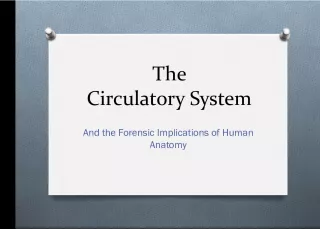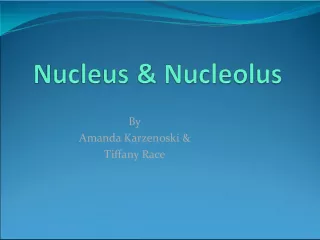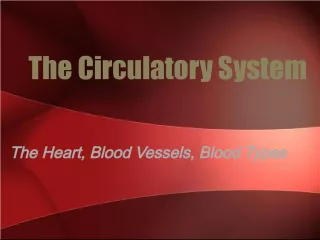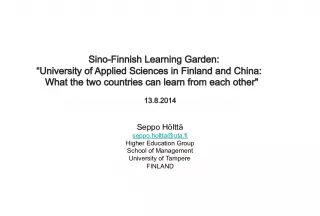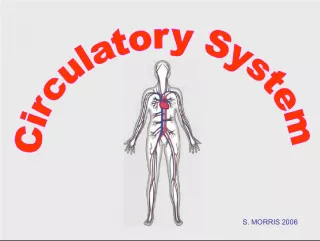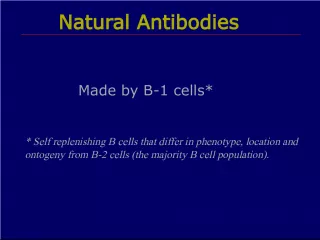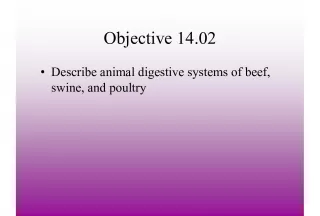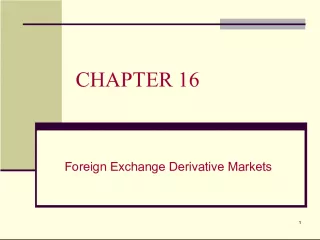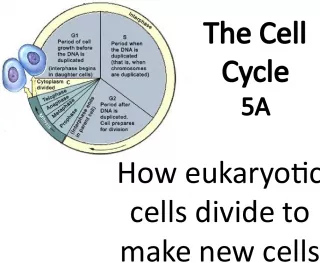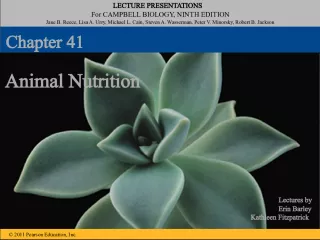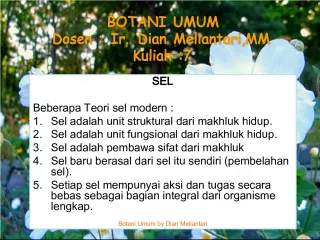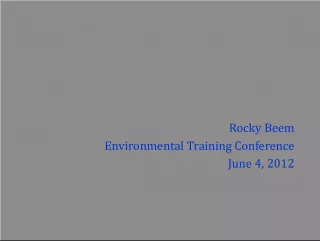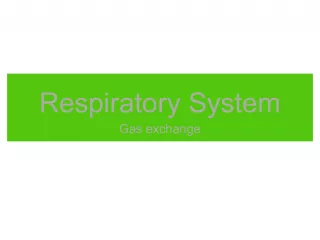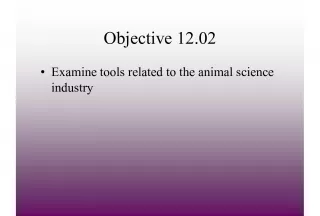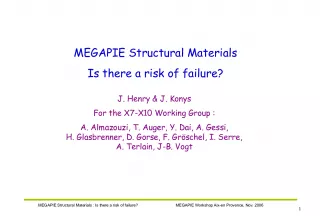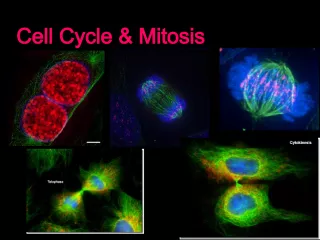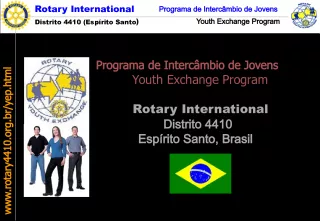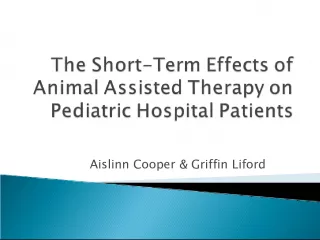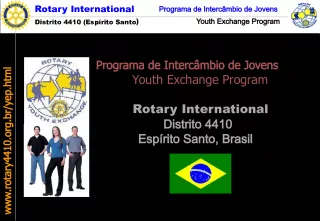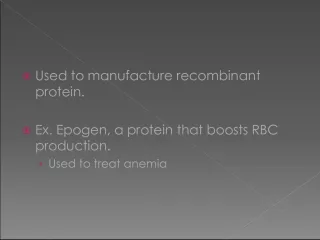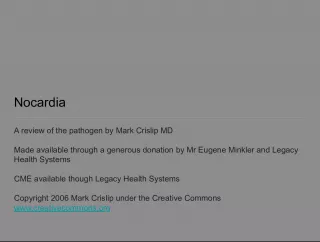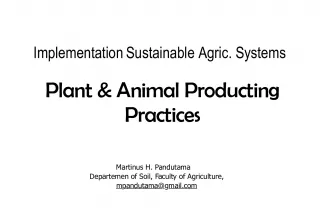Circulatory Systems and Exchange of Materials in Animal Cells
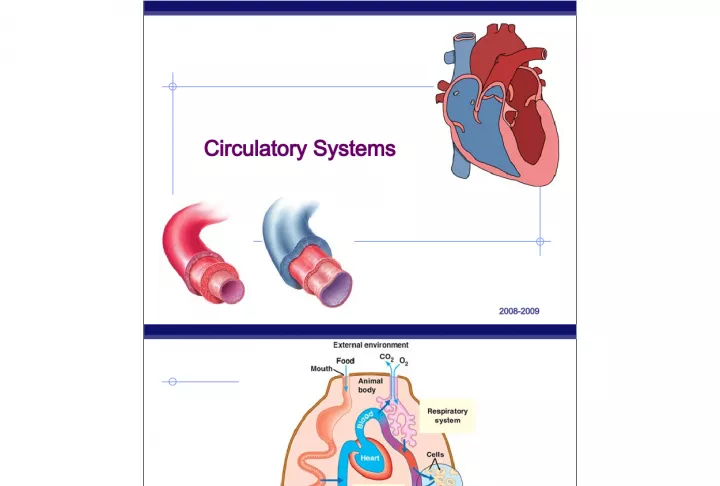

This AP Biology topic covers the exchange of materials in animal cells, including nutrients, oxygen, and waste products such as CO2 and urea. Single-celled organisms can rely
- Uploaded on | 1 Views
-
 roopekivi
roopekivi
About Circulatory Systems and Exchange of Materials in Animal Cells
PowerPoint presentation about 'Circulatory Systems and Exchange of Materials in Animal Cells'. This presentation describes the topic on This AP Biology topic covers the exchange of materials in animal cells, including nutrients, oxygen, and waste products such as CO2 and urea. Single-celled organisms can rely. The key topics included in this slideshow are . Download this presentation absolutely free.
Presentation Transcript
Slide1AP Biology2008-2009 Circulatory Systems
Slide2AP Biology
Slide3AP BiologyExchange of materials Animal cells exchange material across their cell membrane fuels for energy nutrients oxygen waste (urea, CO 2 ) If you are a 1-cell organism that’s easy! diffusion If you are many-celled that’s harder
Slide4AP BiologyOvercoming limitations of diffusion O 2 CHO CHO aa aa CH CO 2 NH 3 aa O 2 CH aa CO 2 CO 2 CO 2 CO 2 CO 2 CO 2 CO 2 CO 2 CO 2 CO 2 NH 3 NH 3 NH 3 NH 3 NH 3 NH 3 NH 3 NH 3 O 2 aa CH aa CHO O 2 Diffusion is not adequate for moving material across more than 1-cell barrier
Slide5AP BiologyIn circulation… What needs to be transported nutrients & fuels from digestive system respiratory gases O 2 & CO 2 from & to gas exchange systems: lungs, gills intracellular waste waste products from cells water, salts, nitrogenous wastes (urea) protective agents immune defenses white blood cells & antibodies blood clotting agents regulatory molecules hormones
Slide6AP BiologyCirculatory systems All animals have: circulatory fluid = “ blood ” tubes = blood vessels muscular pump = heart open closed hemolymph blood
Slide7AP BiologyOpen circulatory system Taxonomy invertebrates insects, arthropods, mollusks Structure no separation between blood & interstitial fluid hemolymph
Slide8AP BiologyClosed circulatory system Taxonomy invertebrates earthworms, squid, octopuses vertebrates Structure blood confined to vessels & separate from interstitial fluid 1 or more hearts large vessels to smaller vessels material diffuses between blood vessels & interstitial fluid closed system = higher pressures
Slide9AP BiologyVertebrate circulatory system Adaptations in closed system number of heart chambers differs 4 chamber heart is double pump = separates oxygen-rich & oxygen-poor blood; maintains high pressure What’s the adaptive value of a 4 chamber heart? 2 3 4 low pressure to body low O 2 to body high pressure & high O 2 to body
Slide10AP BiologyEvolution of vertebrate circulatory system fish amphibian reptiles birds & mammals A A V V V V V A A A A A V 2 chamber 3 chamber 3 chamber 4 chamber
Slide11AP BiologyEvolution of 4-chambered heart convergent evolution Selective forces increase body size protection from predation bigger body = bigger stomach for herbivores endothermy can colonize more habitats flight decrease predation & increase prey capture Effect of higher metabolic rate greater need for energy, fuels, O 2 , waste removal endothermic animals need 10x energy need to deliver 10x fuel & O 2 to cells
Slide12AP BiologyVertebrate cardiovascular system Chambered heart atrium = receive blood ventricle = pump blood out Blood vessels arteries = carry blood away from heart arterioles veins = return blood to heart venules capillaries = thin wall, exchange / diffusion capillary beds = networks of capillaries
Slide13AP BiologyArteries: Built for high pressure pump Arteries thicker walls provide strength for high pressure pumping of blood narrower diameter elasticity elastic recoil helps maintain blood pressure even when heart relaxes
Slide14AP BiologyVeins: Built for low pressure flow Veins thinner-walled wider diameter blood travels back to heart at low velocity & pressure lower pressure distant from heart blood must flow by skeletal muscle contractions when we move squeeze blood through veins valves in larger veins one-way valves allow blood to flow only toward heart Open valve Blood flows toward heart Closed valve
Slide15AP BiologyCapillaries: Built for exchange Capillaries very thin walls lack 2 outer wall layers only endothelium enhances exchange across capillary diffusion exchange between blood & cells
Slide16AP BiologyControlling blood flow to tissues Blood flow in capillaries controlled by pre-capillary sphincters supply varies as blood is needed after a meal , blood supply to digestive tract increases during strenuous exercise , blood is diverted from digestive tract to skeletal muscles capillaries in brain , heart , kidneys & liver usually filled to capacity sphincters open sphincters closed
Slide17AP BiologyExchange across capillary walls Arteriole Blood flow Venule Lymphatic capillary Interstitial fluid Fluid & solutes flows out of capillaries to tissues due to blood pressure “bulk flow” Interstitial fluid flows back into capillaries due to osmosis plasma proteins osmotic pressure in capillary BP > OP BP < OP 15% fluid returns via lymph 85% fluid returns to capillaries Capillary
Slide18AP BiologyLymphatic system Parallel circulatory system transports white blood cells defending against infection collects interstitial fluid & returns to blood maintains volume & protein concentration of blood drains into circulatory system near junction of vena cava & right atrium
Slide19AP BiologyLymph system Production & transport of WBCs Traps foreign invaders lymph node lymph vessels (intertwined amongst blood vessels)
Slide20AP BiologyMammalian circulation What do blue vs. red areas represent? What do blue vs. red areas represent? pulmonary systemic systemic
Slide21AP BiologyMammalian heart Coronary arteries to neck & head & arms
Slide22AP BiologyCoronary arteries bypass surgery
Slide23AP BiologyAV SL AV Heart valves 4 valves in the heart flaps of connective tissue prevent backflow Atrioventricular (AV) valve between atrium & ventricle keeps blood from flowing back into atria when ventricles contract “lub” Semilunar valves between ventricle & arteries prevent backflow from arteries into ventricles while they are relaxing “dub”
Slide24AP BiologyAV SL AV Lub-dub, lub-dub Heart sounds closing of valves “Lub” recoil of blood against closed AV valves “Dub” recoil of blood against semilunar valves Heart murmur defect in valves causes hissing sound when stream of blood squirts backward through valve
Slide25AP BiologyCardiac cycle systolic ________ diastolic pump (peak pressure) _________________ fill (minimum pressure) 1 complete sequence of pumping heart contracts & pumps heart relaxes & chambers fill contraction phase systole ventricles pumps blood out relaxation phase diastole atria refill with blood 110 ____ 70
Slide26AP BiologyMeasurement of blood pressure High Blood Pressure (hypertension) if top number ( systolic pumping) > 150 if bottom number ( diastolic filling) > 90
